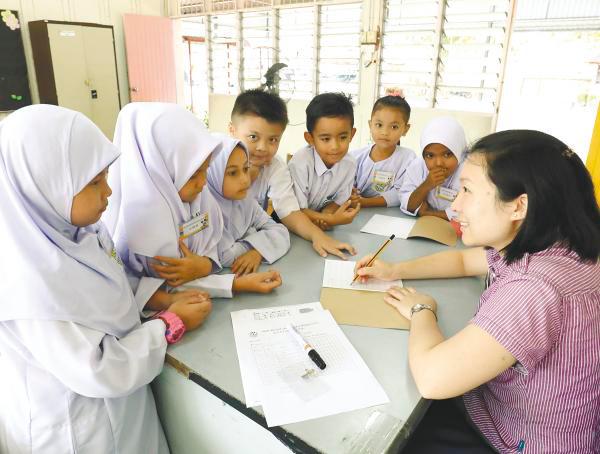PETALING JAYA: The number of non-Chinese pupils studying in Chinese primary schools has almost doubled between 2010 and 2020, with educationists saying parents seem to have more faith in them providing a better quality of education compared with national-type schools.
Figure-wise, 15.33% of all pupils in Chinese primary schools in 2020 were Malays, 2.75% Indians and others non-Chinese 1.67%. While updated figures are currently unavailable, they compare with 2010 when Malays represented just 9.5% of Chinese school pupils, Indians 1.67% and others non-Chinese 1.02%.
The executive director of an education services provider Nina Adlan Disney said a major factor in the parents’ decision is the huge difference in education quality between Chinese and national-type schools.
“Many parents see an opportunity to immerse their children in the language and culture of one of the world’s leading economic powerhouses. There is also a perception that the quality of education in Chinese schools is more academically rigorous, especially for science and mathematics.
“Parents who value the structure of Chinese schools feel their children will benefit from this and be more competitive in the future.”
She also said non-Chinese parents who have opted to place their children in Chinese schools are typically comfortable and secure in their own cultural identity, and relish exposing their children to a culture and language they would not experience at home.
She said the only way to regain the public’s confidence in national-type schools is for them to become the schools of choice.
“For this to happen, we have to radically improve the quality of education and demonstrate that all pupils will thrive academically and in their socio-emotional development. While our national education philosophy aspires to achieve this, we have trouble translating rhetoric into reality.
“Until such time that national-type schools can meet everyone’s expectations, parents will continue to choose alternatives that meet their educational aspirations for their children,” she said, adding that some parents have even opted out of traditional schools to educate their children via home school or online.
She said although Chinese schools are rightly admired for their ability to churn out impressive academic results, many of their approaches are not compatible with 21st-century student-centred learning.
Nina said their emphasis should no longer be on the teacher being the sole source of knowledge. Instead, Chinese schools should encourage a general love for learning and having the curiosity and confidence to think critically. The shift should be from “content mastery” to “learning mastery”.
She said the Education Ministry also needs to put more effort and resources into ensuring national-type schools can provide the same quality of education if not better than that in Chinese schools.
“Despite our financial commitment and investment in our national education system, we are arguably not getting the commensurate returns.”
Parent Action Group for Education Malaysia chairman Datin Noor Azimah Abdul Rahim said Chinese schools pay more attention to core subjects such as science and mathematics.
“Many parents understand the importance of the Chinese language and mathematics.
“The discipline in Chinese schools and the better environment there are necessary for their children’s upbringing. Also, history is being taught in a broader sense in Chinese schools.”
She added that parents are willing to pay for better education.
Noor Azimah urged the Education Ministry to increase the number of Dual Language Programme schools and classes.
“Students can enhance their English language proficiency and also master knowledge of science with ease in their mother tongue.
“The additional mastery over several languages also helps them gain better employability.”









